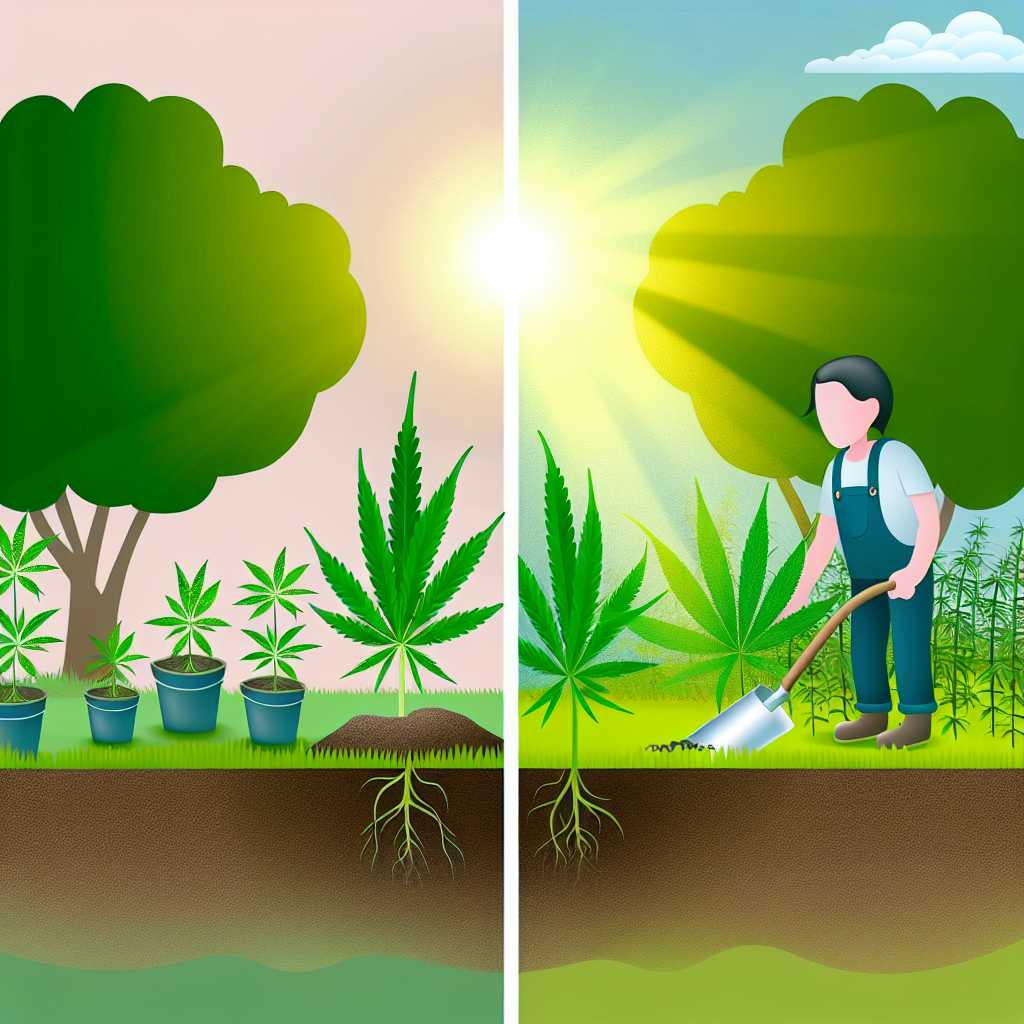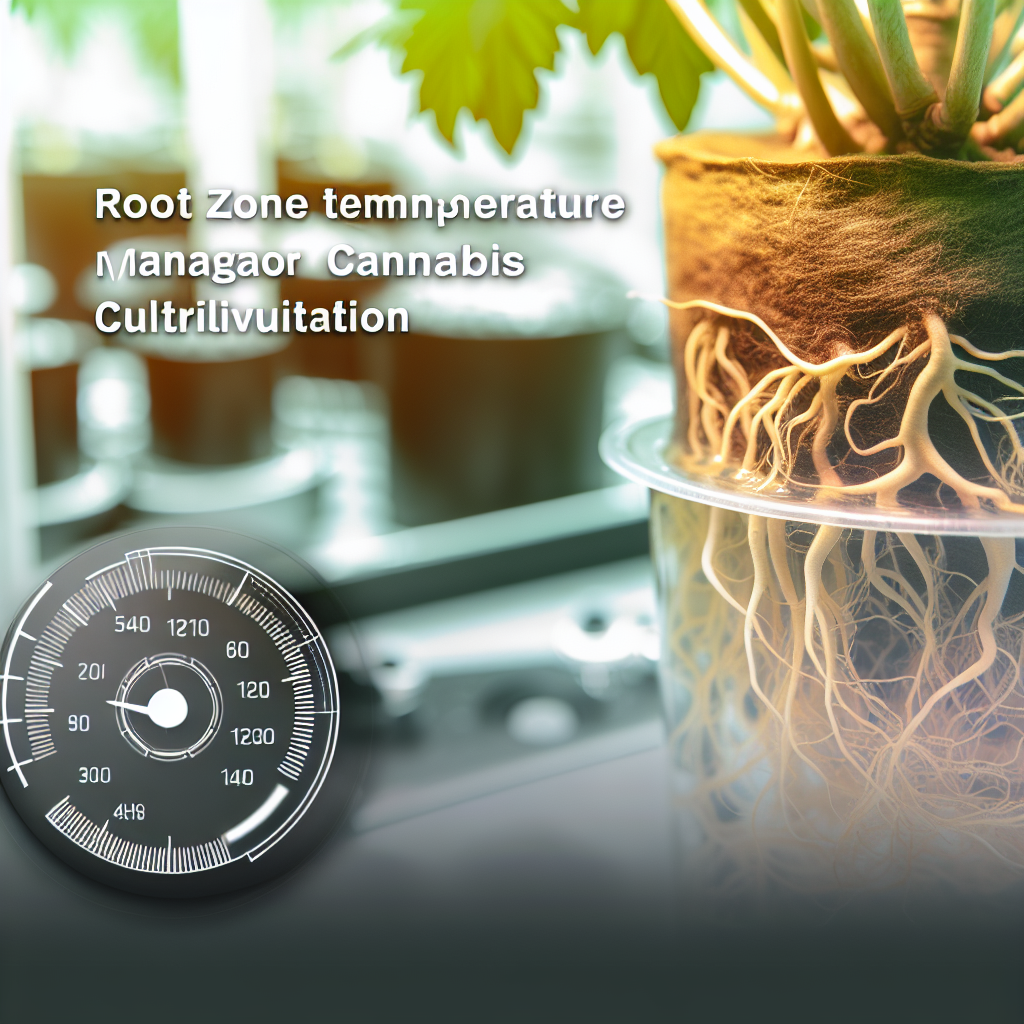Cannabis Revegetation: Turning Harvest Back to Mother Plant
Cannabis Revegetation: Turning Harvest Back to Mother Plant
In the ever-evolving landscape of cannabis cultivation, growers are constantly seeking sustainable and efficient methods to maximize plant potential and maintain desirable genetics. One such practice gaining popularity among knowledgeable cultivators is cannabis revegetation—often referred to simply as “reveg.” This fascinating technique involves reviving a mature, harvested cannabis plant to return it to its vegetative growth phase, essentially converting it back into a mother plant.
While it may appear counterintuitive to “bring back” a plant that has completed its flowering cycle, revegetation, when done skillfully, can result in a thriving mother plant capable of producing multiple future clones.
The Science That Powers Revegetation
While research into specific cannabis cultivation techniques is still emerging due to prior legal restrictions, related botanical principles and industry knowledge support the effectiveness of revegetation. At its core, reveg leverages the photoperiodic nature of cannabis—its growth phase driven largely by light schedules.
A key biological mechanism behind reveg is the alteration of the plant’s internal circadian rhythm, controlled by photoreceptors like phytochrome. Research has found that in long-day plants like cannabis, switching from a flowering photoperiod (typically 12/12) back to a vegetative light cycle (18/6 or 24/0) can restore vegetative hormone dominance, particularly auxins and gibberellins. This hormonal shift encourages the development of new shoots and leaves instead of flowers, essentially resetting the plant’s growth mode.
Real-World Grower Benefits: Why Use Reveg?
Professionals in the cannabis industry—especially legacy growers and breeders—have successfully used revegetation for decades to preserve invaluable phenotypes. A compelling advantage of reveg is that it allows growers to determine which plants express the most desirable traits—flavor, potency, yield—before deciding to keep them long-term.
Traditionally, cloning a plant must occur during the vegetative stage, but reveg extends the cloning opportunity even after the flowering phase. Additionally, experienced cultivators often use post-harvest reveg to maintain “champion” mother plants with proven qualities. These mother plants can yield numerous genetically identical clones, reducing the unpredictability associated with growing from seed.
Bonus Growth — The Bushy Advantage of Monster Cropping
There’s even anecdotal evidence suggesting that revegged plants—sometimes referred to as “monster cropping”—grow bushier and more clone-able after returning to veg. This phenomenon is believed to be due to hormonal redistribution and stress response, triggering vigorous lateral growth.
For growers, this means thicker foliage, more branching sites, and better potential for cloning.
Preserving Medicinal Consistency and Genetic Stability
In medical cannabis production, reveg can safeguard the consistency of cannabinoid and terpene profiles, helping maintain product efficacy for patients relying on specific strains for relief.
With the cannabis industry facing increasing scrutiny for quality control and standardized results, the ability to secure genetic uniformity through reveg is no small matter—it’s a fundamental part of producing medical-grade cannabis products.
Knowing the Limits: Is Reveg Right for You?
Despite its valuable benefits, reveg is not without its challenges. The process can be slow, taking several weeks or even longer for full recovery. Additionally, not all genetics respond positively to the shift—some plants may stall or fail to regenerate successfully.
Nonetheless, with the right lighting, environmental control, and nutrients, revegging remains a viable and worthwhile option for growers seeking both sustainability and long-term access to elite plants.
Conclusion: A Regenerative Cultivation Pathway
Cannabis revegetation is an innovative and practical cultivation tool that empowers growers to recycle, preserve, and extend the life of their best-performing plants. By tapping into the natural photoperiodic responses of cannabis, cultivators can turn a harvested specimen back into a thriving mother plant—supporting sustainability and giving unlimited access to prized genetics.
Though not without its challenges, reveg offers a compelling opportunity to merge science, stewardship, and mastery in modern cannabis horticulture.
Summary:
Cannabis revegetation is a technique that allows growers to revive a mature, harvested cannabis plant and return it to its vegetative growth phase. This process leverages the photoperiodic nature of cannabis and can help preserve valuable genetics, maintain product consistency, and support sustainable cultivation practices. While it requires patience and skill, revegetation can be a powerful tool for cannabis professionals and home growers alike.
References:
[1] Thomas, B., & Vince-Prue, D. (1997). Photoperiodism in Plants. Academic Press. https://www.sciencedirect.com/book/9780126884905/photoperiodism-in-plants
[2] Chinnusamy, V., Schumaker, K., & Zhu, J.K. (2004). Molecular genetic perspectives on cross-talk and specificity in abiotic stress signaling in plants. Journal of Experimental Botany, 55(395), 225–236. https://academic.oup.com/jxb/article/55/395/225/523900
[3] Cannabis Business Times. (2021). Re-Vegging Cannabis: What It Is, How and Why to Do It. https://www.cannabisbusinesstimes.com/article/re-vegging-cannabis-guide-benefits-process/
[4] Green, G. (2020). The Cannabis Grow Bible: The Definitive Guide to Growing Marijuana for Recreational and Medical Use. Green Candy Press. https://www.goodreads.com/book/show/327698.The_Cannabis_Grow_Bible



